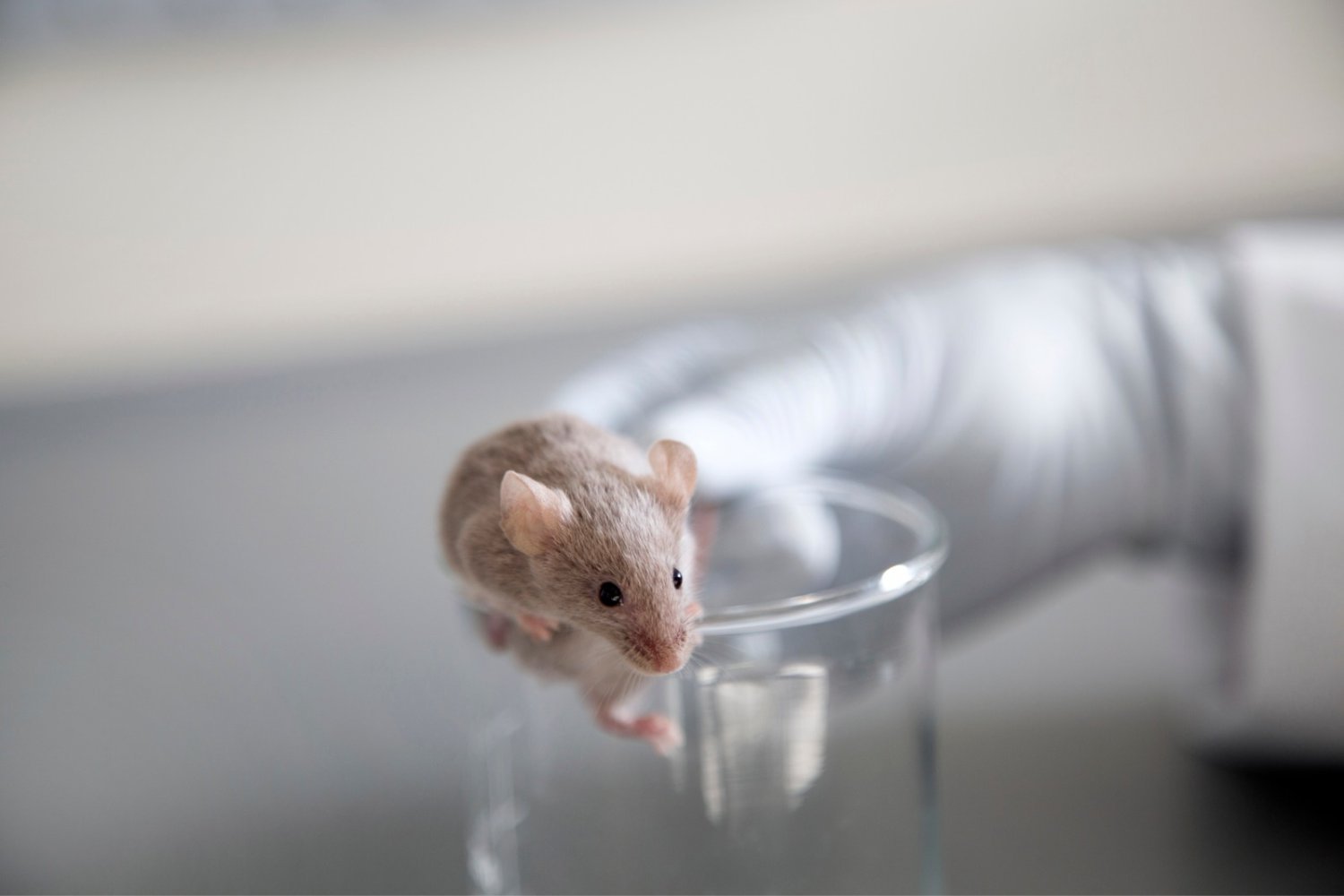Candida auris, a multidrug-resistant fungus and a significant global health threat, has a new family member. Researchers in Singapore have identified a genetically distinct clade of C. auris, the sixth known type, raising concerns about its potential spread and impact on public health.
This alarming discovery stems from a routine screening at Singapore General Hospital in April 2023. A patient, with no recent travel history, was found to be carrying a C. auris strain unlike any previously documented. C. auris, first identified in 2009, can colonize healthy individuals without causing illness but poses a serious threat to those with weakened immune systems. Infections are often challenging to treat due to the fungus’s resistance to multiple antifungal medications. Furthermore, eradicating C. auris from healthcare environments is notoriously difficult. While C. auris infections remain relatively rare, cases have been rising globally, and the fungus continues to expand its geographical reach. This latest research, published in The Lancet Microbe, underscores the evolving nature of this fungal threat.
Sixth Clade Identified Through Genomic Analysis
Intrigued by the patient’s unusual strain, researchers conducted a thorough genomic analysis. They discovered that it differed significantly from the five established C. auris clades. Subsequent investigations revealed two more matching cases from past hospital patients in Singapore and another from a patient in Bangladesh, identified through a public database. These findings indicate the emergence of a distinct sixth clade, genetically distant from the existing five. More information on C. auris can be found on the CDC website.
Implications for Public Health
The new clade is concerning despite the Singapore cases responding to conventional antifungals. The lack of epidemiological links between these cases suggests potential silent spread within Singapore and possibly beyond. Currently, the virulence and outbreak potential of this new clade remain unknown.
Continued Surveillance and Research are Crucial
The emergence of this sixth clade reinforces the ongoing threat of C. auris to global health. Continuous surveillance, rapid detection, and further research are essential to understand and mitigate the risks posed by this evolving fungal pathogen. The discovery highlights the need for increased vigilance and proactive measures to combat the spread of C. auris and protect vulnerable populations.
Conclusion: A Call for Enhanced Global Response
The discovery of a new C. auris clade underscores the dynamic nature of this fungal threat and the need for a strengthened global response. Continued vigilance and investment in surveillance, diagnostic capabilities, and antifungal research are paramount to effectively combat the spread of C. auris and safeguard public health.











